What are Autism and ADHD and Do They Affect Boys and Girls Differently?
Autism and ADHD affect both boys and girls at roughly the same rate. However, boys are 4 times more likely to be identified as being Autistic or as having ADHD in early childhood compared to girls.
Autism and ADHD are a form of neurodivergence. This is a difference in the way that the brain is wired. Autism and ADHD are normal variations in human brain development. Autism and ADHD are largely genetic. There can be environmental factors however most neurodivergent brain development happens in utero.

Why are Girls Harder to Identify as Being Autistic or as Having ADHD?
Identifying and supporting young Autistic or ADHD girls can be tricky for parents and educators. One of the main reasons is because of the non-inclusive medical and cultural perceptions of Autism and ADHD.
Many Autistic and ADHD girls and AFAB (Assigned Female At Birth) are smart, capable, chatty, creative, highly sensitive and empathetic children. Girls and AFAB don’t often fit the stereotype of what we have been led to believe that Autism or ADHD ‘look’ like. It was initially thought that Autism and ADHD only affect cis, white boys.
The DSM 5 (The Diagnostic and Statistical Manual of Mental Disorders – the primary diagnostic tool for Psychiatrists) only started including girls, women, gender-diverse individuals and other races in 2022.
Here are some of the reasons why girls or AFABs are not identified in early childhood.
Autism and ADHD are Internal Experiences
Even though many Autistics and ADHDers may behave in certain ways that appear to be different, this is not always the case. Many neurodivergent girls and AFABs learn to internalise their Autism and ADHD and mask their neurodivergence from a very young age. (Researchers suggest that this can start during infancy for some children).

Our children have a strong biological drive to attach to the most responsive primary caregiver. It is essential to be accepted by those around them to survive.
A baby’s brain is designed to ‘data gather’ in the first three years of life. Our brains gather information about the world around us. We then wire up the brain that we need to survive in response to our environment (Wallis 2017).
A baby’s brain is intuitive, intelligent and hard-wired for connection. Our children quickly learn through their experiences with people, places and things, and the attributes and behaviours get them love and affection. Children also learn the parts of themselves that receive rejection and punishment. As a result, they learn to behave in ways that get them connection and shut down the behaviours that do not.
Learn how to include and support Neurodivergent Children in ECE with this PLD for Educators
The ‘Perfect Child’ Mask
Many unidentified Autistic and ADHD girls and AFAB grow up to be ‘perfect children’ who learn the ‘rules’ of social engagement early on. They learn to mimic the social interactions of others.
They unconsciously ‘hide in plain sight’ by learning to keep their bodies still, making eye contact and adapting themselves to meet the comfort and emotional needs of others.
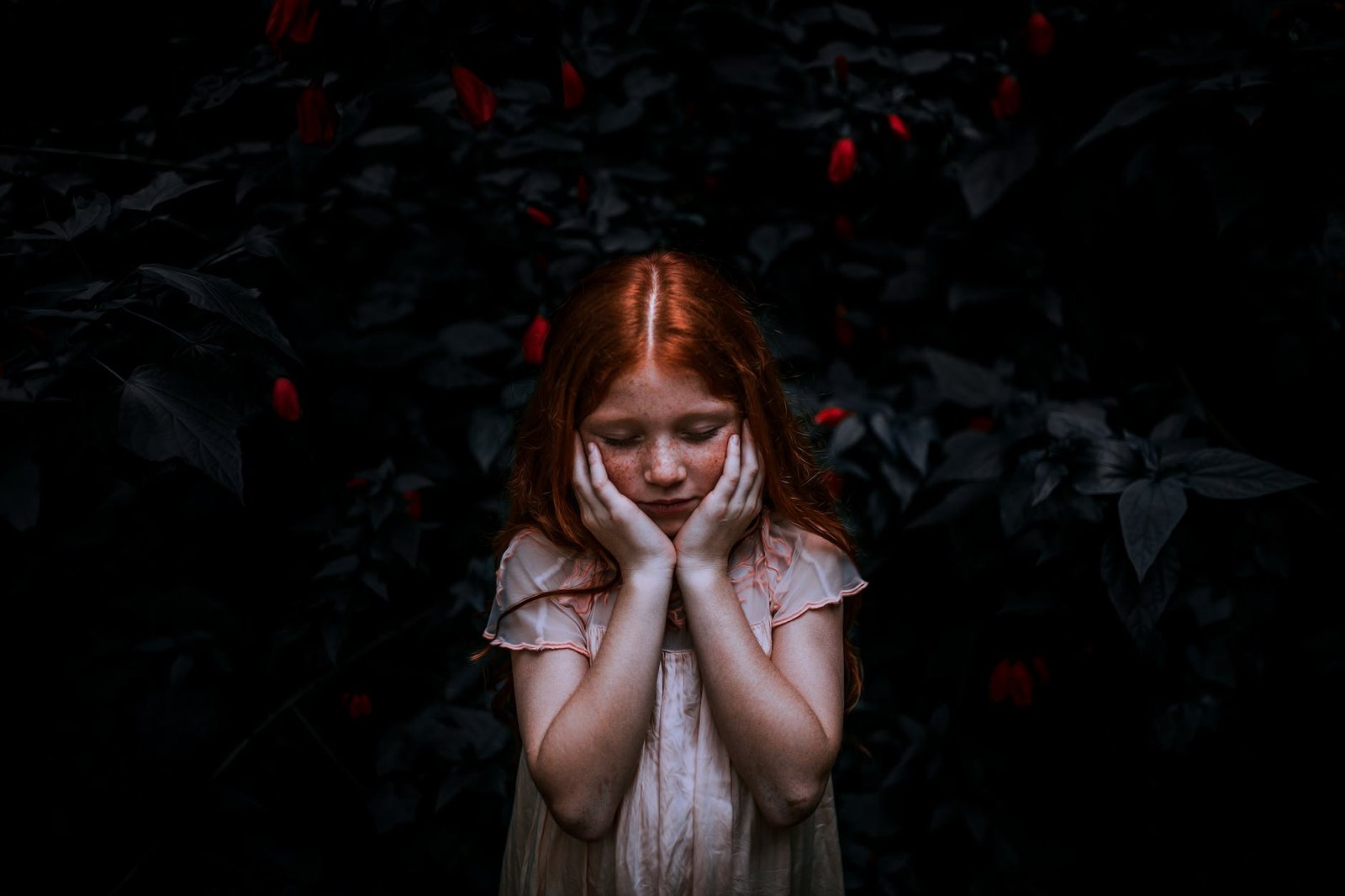
Many neurodivergent girls and AFABs are affected by RSD (rejection sensitivity dysphoria) and can feel rejection intensely. To those who are affected by RSD, rejection can feel like a threat to their very survival. Most RSD sufferers would rather abandon their own needs than open themselves to the threat of being rejected.
For many unidentified neurodivergent girls and AFABs, the mask of who others expect them to be becomes their default persona.
No one can see what is going on in another person’s brain just by looking at them. Masking is not often a conscious decision but rather a clever way that our brain adapts to protect us. If your daughter is an expert masker, you (and even they) might never notice their unadapted Autistic and ADHD traits.
Typical Hyper Fixations and Social Patterns
Another reason that many Autistic and ADHD girls go ‘under the radar’ to speak is because their special interests and hyper fixations (a prominent indicator of Autism and ADHD) are what we would expect to be ‘normal’ for girls of their age.
While boys (and I am generalising here) may line up their cars and know all the names of Thomas the Tank Engine and his friends. A young girl’s hyper fixation may be pretending to be a Disney Princess, playing with the same dress-up in the family corner or spending all day in the collage area creating.
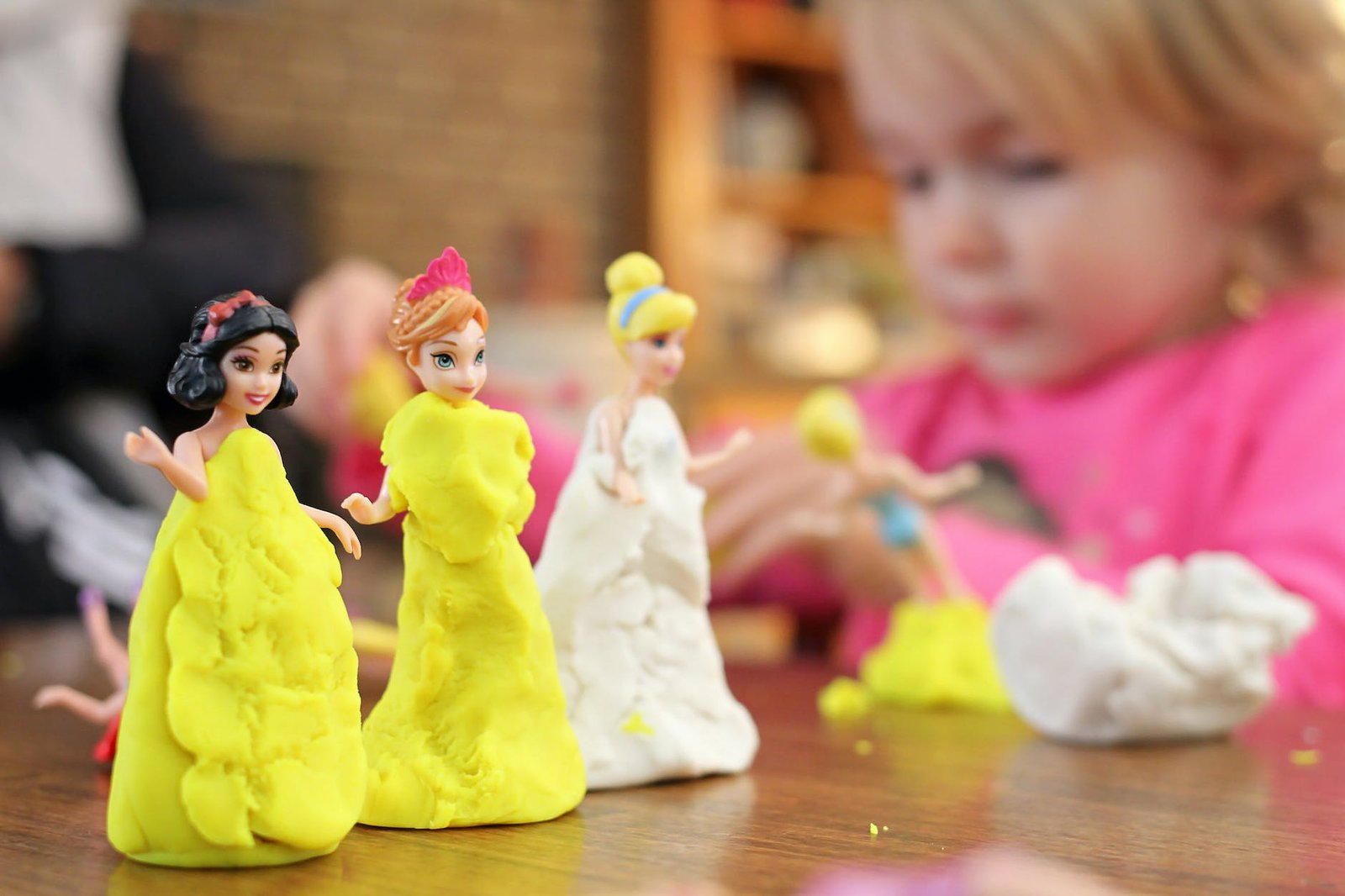
Autistic boys may also be more obvious in their desire to play by themselves. Whereas Autistic girls’ play may appear to be more inclusive of others. However, they may socialise with peers by always wanting to be the leader, insisting on more rigid social rules, playing alongside others or ‘flitting’ from one social group to another.
Many ADHD girls do not exhibit the external hyperactivity of ADHD boys. They may instead internalise this hyperactivity and have a super busy and overcritical brain and/or experience this as tension in their bodies or as stomach aches.
Familial Blindness
There is strong scientific evidence to suggest that Autism and ADHD have a genetic link. This means that if your child is an Autistic or an ADHDer, the chances are pretty likely that you or your co-parent are Autistic and or have ADHD too.
Now I know that this may feel shocking to you, but stay with me here…
The reason why you have never thought of yourself or your child as neurodivergent is that your and your child’s behaviours, ways of communicating and socialising with others, intense special interests and little ‘quirks’ are normal to you. You think everyone else is like you, or everyone else struggles in the same ways.
It’s what you are used to because, wait for it, chances are that one of your parents, your siblings, your aunts, uncles and even grandparents were unrecognised neurodivergent too.
Not only that, but we neurodivergent folk tend to get on better with other neurodivergent folks. We tend to attract other neurodivergent people into our lives as friends without even knowing it because our nervous system feels comfortable around them.
Without realising it, we can create an echo chamber around us. (An echo chamber is an environment in which a person encounters only beliefs or opinions that coincide with their own so that their existing views are reinforced and alternative ideas are not considered.)
Long-Term Effects of Masking Autism and ADHD
Because they are harder to identify as being neurodivergent, many Autistic or ADHD girls and AFABs are left to navigate the education system and peer relationships without the support offered to their male counterparts. This can result in them not receiving the help and accommodations that they need to succeed in life. Not receiving the necessary support can adversely affect their long-term overall well-being.
Allow Me to Illustrate With a Metaphor:
Imagine that you were born a succulent, but everyone thought you were a fern.
The people who were in charge of taking care of you (your plant parents) read all about how to look after ferns.
Their guidebooks informed them that ferns needed to be kept in the shade and should be watered every two days. And that is how they cared for you.
However, because you were actually a succulent, you needed sunlight and to only be watered every two weeks, and so you started to struggle. Your leaves turned black, and you started to shrivel.
Your plant parents were concerned. They took you to plant doctors who prescribed medications, tonics and all kinds of potions, but nothing seemed to help.
You were told that you were just a ‘bad plant’, you were ‘too sensitive’, you were being ‘difficult’ and that you needed to ‘try harder’ to be a fern.

Eventually, a chance meeting with a new doctor informed your plant parents that you were struggling because you were not a fern but had actually been a succulent all along.
Your parents were devastated and tried to adapt to how they looked after you with this new information. However, by this stage, you are so gravely ill – your roots have started rotting, and it is a struggle for you to stay alive.
The ‘Lost Girls’
Many Autistic and ADHD girls and gender-diverse young people are often only recognised as being Neurodivergent as teenagers or even as adults when they are showing obvious signs of mental health distress. We call these individuals the ‘lost girls’ (Of which I am one). There are generations of neurodivergent women and AFABs who were missed and did not receive the support that they needed.
The sad facts are:
- Many late-diagnosed Autistics, ADHDers and AuDHDers are dismissed and told that what they are experiencing is ‘all in their heads’.
- Countless neurodivergent girls, women and AFAB are misdiagnosed with mental health conditions. These can include generalised anxiety disorder, depression, and bipolar or borderline personality disorder.
- Many unidentified neurodivergent individuals turn to drugs, alcohol and other medications to help them cope with their lives
- Studies have shown that the average life expectancy of an Autistic individual is 36-58 years of age. One study shows that Autistic women are 13 times more likely to die from suicide compared to neurotypical women.
It breaks my heart to think that our precious children will suffer due to our ignorance of how to support them.
Autism and ADHD are Disabilities
As well as being a natural neurotype variation, Autism and ADHD are complex disabilities. are dynamic and invisible disabilities.
Autism and ADHD are Invisible Disabilities:
Unless it is known beforehand that a child is Autistic or has ADHD, they will not be viewed as disabled, as they will appear to be ‘normal’.
Autism and ADHD are Dynamic Disabilities:
A dynamic disability (characterised by constant change) means that our children’s capacity to cope with the environment can change from moment to moment, day to day.
Neurodivergent Individuals are Disabled by the Environment:
The disability is not within the child.
However, our world was built to meet the needs and preferences of the dominant neurotype (the neurotypical neurotype). This means that the way that our children interact with their environment and the way that environment interacts with our children can adversely affect and disable them.
This does not follow our typical definition of disability in terms of medical disability. It can be hard for some people to understand.
How Your Daughter’s Invisible and Dynamic Disability is Likely to be Perceived:
In practical terms, all this means that instead of being given support and consideration, your daughter is likely to be judged on her behaviour.
We all know that behaviour is a window to the unmet needs of a child. When a child is profoundly misunderstood, like so many of our neurodivergent girls are, this can result in some of the following outward behaviours:
- Clinginess – difficulty separating from their ‘safe person’.
- Refusal to go to daycare or kindergarten, or running away.
- Regression of skills.
- Meltdowns and shutdowns.
- Being overly ‘sensitive’.
- Selective mutism.
- Defiance.
- Stimming or echolalia (repetitive movements or sounds)
- Hitting, kicking, and biting you or others or hurting themselves.
- ARFID – selective and restrictive eating.
- Obsessive and repetitive behaviours.
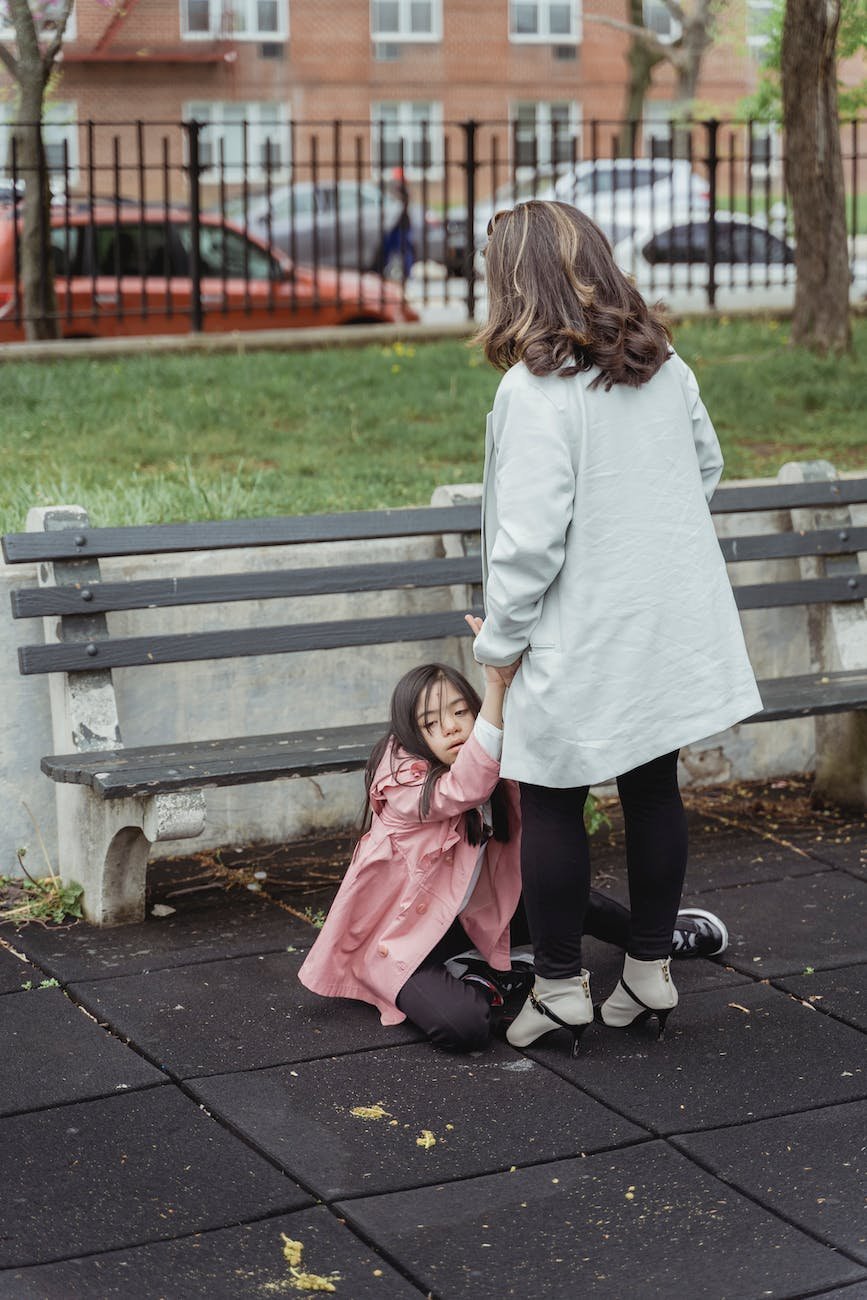
It is important when confronted with these behaviours not to just see a ‘naughty child’. I encourage you to view these as signs of a child who is struggling and try to find out why they are struggling.
Brain Differences
Autistics, ADHDers and AuDHDers have significant neurobiological differences from neurotypical children.
Neuroscience research suggests that Autistic individuals tend to have more neural pathways compared to neurotypical individuals. This research shows us that during the pruning of neural pathways that all children go through in their early years (typically around the age of 3), the brains of Autistics tend not to be pruned as much as a neurotypical child of the same period. This could account for the sensory processing sensitivities that affect many Autistic individuals.
Researchers have identified a specific form of autism marked by the presence of an excessive amount of synapses in the cerebral cortex. The abnormality may be linked to aberrant mTOR protein activity, a regulator of synapse production.
Italian Institute ofTechnology, IIT
Studies have found that resting our children’s brains are significantly more active than neurotypical brains. Neuroscience has also shown during MRIs that different parts of our brains are more active during rest when compared to a neurotypical brain.
How Parents Misinterpret Brain Differences as ‘Bad Behaviour’
All this extra brain activity does not make it easier for neurodivergent children. It is a bit like having a race-car engine brain in a rusty old Toyota Corolla body. As you can imagine, this can lead to ‘glitches’ and frustration!
However, if we don’t know about how our children’s brains work, our interpretation of our children’s neurobiological differences may be different to what is actually going on or what our children need.
For example:
All this extra processing puts a lot of stress on our children’s bodies and nervous systems. A way that they release some of this stress is through ‘stimming’ (repeated movements, sounds, etc.). This can be perceived as ‘fidgeting’ or being disruptive, and we may try to shut this down.
Our neurodivergent children are more likely to struggle with co-occurring conditions such as poor interoception. Poor interoception makes it difficult for our children to read their body’s cues of hunger, thirst, needing to go to the toilet, etc. To unsuspecting parents or teachers, poor interoception can look like poor self-care skills or laziness.
Early Identity Formation
How we are treated and spoken to in early childhood matters. When our neurodivergent children’s disabilities are misinterpreted as bad behaviour, they are often labelled with negative personality characteristics. Many neurodivergent girls grow up with labels such as ‘weird’, ‘lazy’, ‘unreliable’, ‘difficult’, ‘too much’ or ‘too sensitive’.
Who we learn to believe we are when we are children sticks with us for life!
“Early Childhood is a period of momentous significance to all people growing up in our culture. By the time this period is over, children will have formed conceptions of themselves as social beings, as thinkers and as language users. They will have reached certain important decisions about their own abilities and their own worth.”
Te Whariki – The New Zealand Early Childhood Curriculum
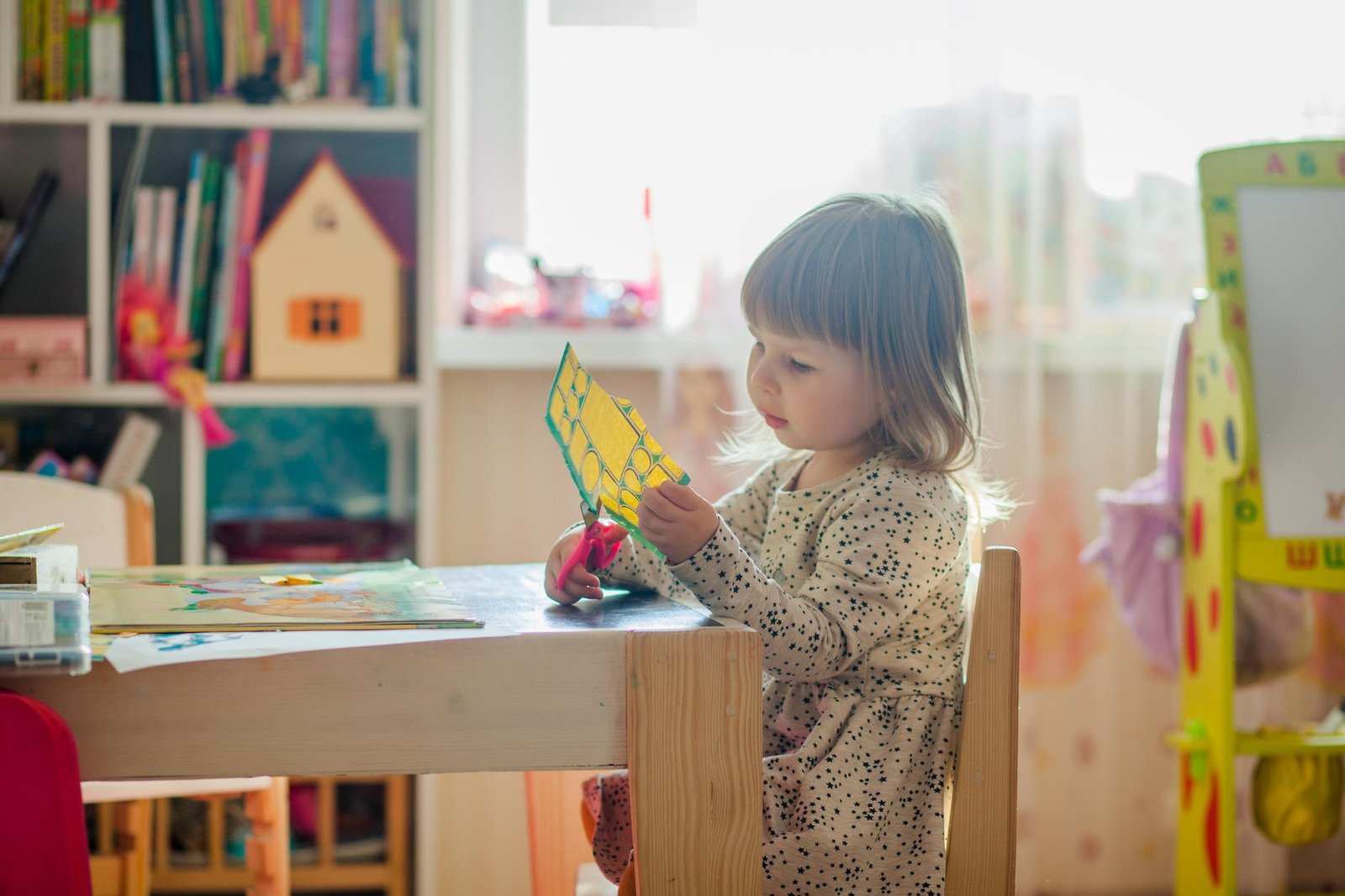
Living as a masked neurodivergent person in a world created by and for neurotypical people can be a life marked with trauma.
Many Autistic or ADHD girls experience a high level of developmental trauma due to constantly being misunderstood, invalidated by and misattuned to the adults in their lives. This developmental trauma causes our girls and gender-diverse children to form an identity shaped by trauma.
When our young girls learn that they can’t say ‘No’. When they abandon their needs for the comfort of others or learn to ‘fawn’ as a survival response, this can make them more susceptible to abuse. (Approximately 90% of Autistic and ADHD women report experiencing sexual abuse Frontiers in Behavioral Neuroscience.)
Research has shown that when Neurodivergent girls are recognised and supported in a neuro-affirming way from a young age this results in positive outcomes for their overall well-being.
So how can we bridge the gap?
Bridging the Gap
Destigmatising Autism and ADHD
Awareness and education for parents and educators are vital to identifying and supporting our girls in early childhood.
Traditionally very little time and money have been invested in educating teachers and parents about neurodiversity. There is still so much misinformation and stigma about Autism and ADHD. It is going to take work to undo this all and reeducate people in our communities.
The truth is that many people still view Autism and ADHD negatively. This makes it difficult for parents to admit that their children may be neurodivergent. Many parents have a real and understandable fear that a ‘label’ might negatively impact their child.
As mentioned above, many unidentified neurodivergent children have parents and grandparents who are also unrecognised in their neurodivergence. This means that there can be layers of intergenerational trauma present that need to be identified and healed.
However, just because we don’t assign a name to something, it doesn’t mean that it doesn’t exist.
Denying the existence of our children’s Autism and ADHD will not make it go away. In fact, it will have detrimental consequences for them and their life outcomes.
Identifying Autism and ADHD in girls is nuanced. Although diagnosis is in the realm of medical professionals, we do not need an ‘official diagnosis’ to start to make accommodations for and respond to children in neuro-affirming ways.
Creating a difference in the lives of our children requires us to rethink how we talk about and perceive neurodiversity. It is up to us to educate ourselves in ways that we can include and support children of all neurotypes.

Support Instead of Conversion
This is a controversial one.
Traditionally, when a young child was identified as being autistic, they were referred to therapies such as ABA (Applied Behavioural Analysis). Therapies such as ABA were thought to help an Autistic child behave in a more neurotypical way. At their core, they are a type of ‘conversion therapy’.
Modern neuroscience, as well as research into the impact that trauma has on the brain, is showing us that behavioural-type therapies and compliance-based parenting approaches do more harm than good in the long term.
Although these approaches do show short-term gains, they separate our children from their bodies and themselves. They essentially teach our children to mask. Extended periods of masking result in negative mental health outcomes for neurodivergent teenagers and adults. Masking can cause anxiety, depression, PTSD, burnout and even suicide.
Are you concerned that your child may be in burnout? Download my Free Burnout Signs Checklist
Many experts agree that the parenting or teaching approach that is most responsive to our neurodivergent children includes the following three factors:
- Connection First – prioritising connection over compliance.
- Affirming Their Authentic Neurodivergent Identities – seeing the child as a unique, capable and competent being and celebrating who they are.
- Adopting a Trauma-Informed and Neuro-Affirming Parenting or Teaching Approach – Being responsive to the individual strengths and challenges of each child and adapting our approach to meet them where they are.
About The Author
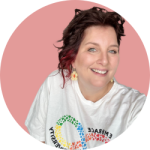
Tanya Valentin is a Trauma-Informed and Neuro-Affirming Family Coach, NZ Registered Teacher, Lecturer (Te Pukenga – Early Childhood Education and Care), Author and Podcaster.
Tanya is a Neurodivergent person and a proud Mama of 3 Neurodivergent humans. She works to support, educate and foster inclusion, acceptance and positive life outcomes for all neurodivergent children, teenagers and adults in all her areas of life.
Tanya lives with her family in beautiful Northland, New Zealand. She has authored several books, is the founder of From Burnout To Balance and the host of the podcast with the same name
Tanya is committed to making a difference in the world by supporting parents with practical tools and strategies to help them understand their child and their unique wiring, feel confident in their parenting and nurture strong connections between themselves and their children.
Need support? Book a FREE 15-minute call with Tanya
